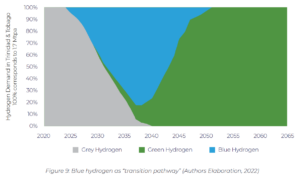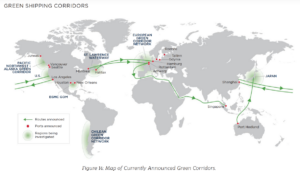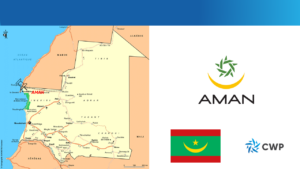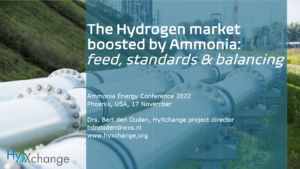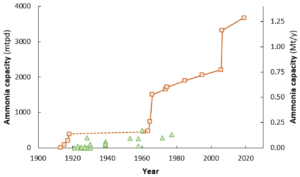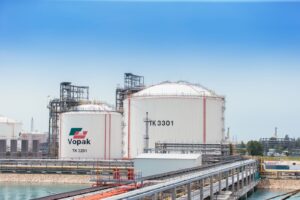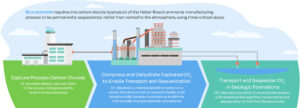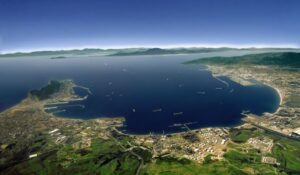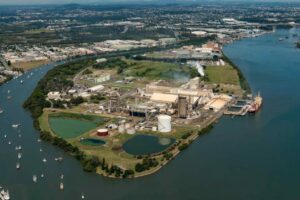Trinidad & Tobago launches roadmap to decarbonise hydrogen & ammonia production
Trinidad & Tobago’s National Energy Corporation, the Inter-American Development Bank and KBR have released their findings on how to establish a market for renewable hydrogen in the Caribbean country. Underpinned by a stepwise development of 57 GW of offshore wind power potential, the country could completely displace fossil-based hydrogen with renewable hydrogen in 2052. The 4 million tonnes-per-year production potential would meet industrial demands and lay the foundation for a significant export industry, potentially transforming Trinidad & Tobago into a global energy hub.
